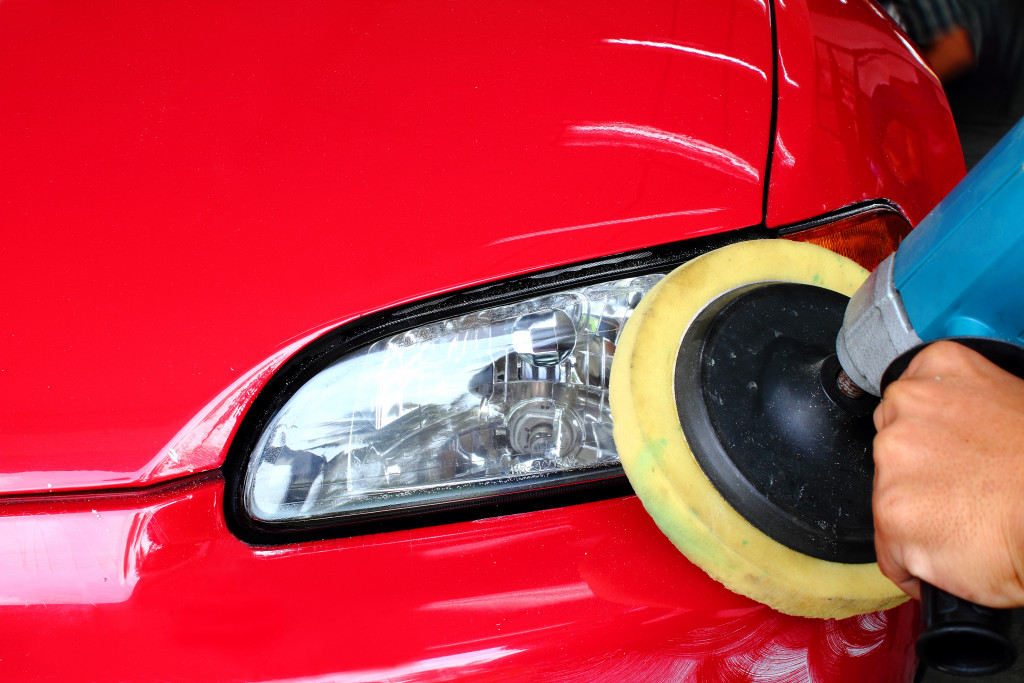The headlights and rear lights are among the most crucial parts of driving in heavy rain, snow, or even just the regular day-to-day grind. They don’t just increase visibility; they are also a means to communicate with other drivers on the road. Similar to any other car component, these require some upkeep and repairs from time to time.
Understanding how headlights and rear lights function doesn’t require much, but there are different instances when these lights fail you. Each malfunction requires a solution that suits it. Knowing these telltale signs of malfunction can help you determine what to do to fix it.
How Do Headlights and Rear Lights Work?
A headlight system is generally composed of bulbs, a relay, a switch, and a fuse. Turning on your headlights triggers a relay that bridges the connection between the headlight bulbs and the battery. Fuses are installed in the circuit to save important components in case of surges. The high beam control works on a similar configuration, with the relay now bridging power to the high beam filament. The rear lights work similarly, except for the brake light, which has a separate wiring system.
1. Burned Out
The car is on, and you turn on your low beam as you drive by a dim street. But it isn’t turning on. Why could that be? Usually, a bulb can last for years, depending on multiple factors, until it starts to show signs that it needs replacing. When it starts to do so, be prompt about replacing it. It’s never a good idea to put off repairs that compromise safety on the road. Headlights are essential for safe driving and adhering to regulations.
2. Power Issues
Unfortunately, sometimes the cause isn’t as simple as needing to replace a faulty bulb. You finally had the bulb replaced, but the problem persists. If it’s not that, then it can be a power issue. Most of the time, issues are caused by faulty components, wiring problems, or an issue with the switch or relay. This isn’t a typical do-it-yourself fix you can do on your own. To get the right diagnosis and the proper fix, consult your local mechanic as soon as possible. While you’re at it, you might as well have a routine inspection on your brakes and get your tires rotated.

3. Barely On
Your headlights are still on, but barely. If they’re just dim, they’re still usable, right? Yes, but technically, the lights are not fully performing their purpose. This is still a threat to your safety. Dim headlights can be caused by a system failure or a bad bulb. It seems like the cause is easy to fix or a little more complicated than that. But there’s no way of knowing on your own. Get it checked out as soon as possible to root out the problem and have it addressed accordingly.
4. Cloudy and Yellowish Lenses
Over time, headlights might develop a cloudy appearance from the inside. This is caused by condensation, and it’s pervasive. Due to oxidation, weather changes, and exposure to sunlight, the headlight lenses might yellow and start to look foggy from the inside. It can be annoying, especially since the fog isn’t something you can clean from the outside. However, the lens can be disassembled, so clean the lens accordingly.
5. Tail Lights Are Fine but the Brake Lights Aren’t
Tail lights can have similar issues as headlights, but the difference is that the former is engaged when the headlights are turned on. On the other hand, when you hit the brakes, it signals the brake light to light up. If brake lights stop working, the root of the problem can be faulty wiring, a faulty fuse, or simply a faulty bulb. Whatever the cause you expect it to be, it’s best to immediately have it checked by a professional.
6. Defective Housing
This is more of an exterior problem, but if left alone, it can affect the overall function of your lights. When housing is loose, water can enter and get into the module. Check for gaps, openings, or anything to indicate that the house is not properly seated in place.
Conclusion
Headlights and rear lights are essential for obvious reasons. They’re vital for effectively communicating with other drivers on the road, parking, signaling, and more. The most obvious and important reason of all is that they’re essential for road safety. When one of these lights goes out, it’s not a repair that should be put off so easily. When one of yours does go out, have it checked immediately. The cause can range from a simple light bulb replacement to something more complex. The sooner you have the lights checked, the better.
